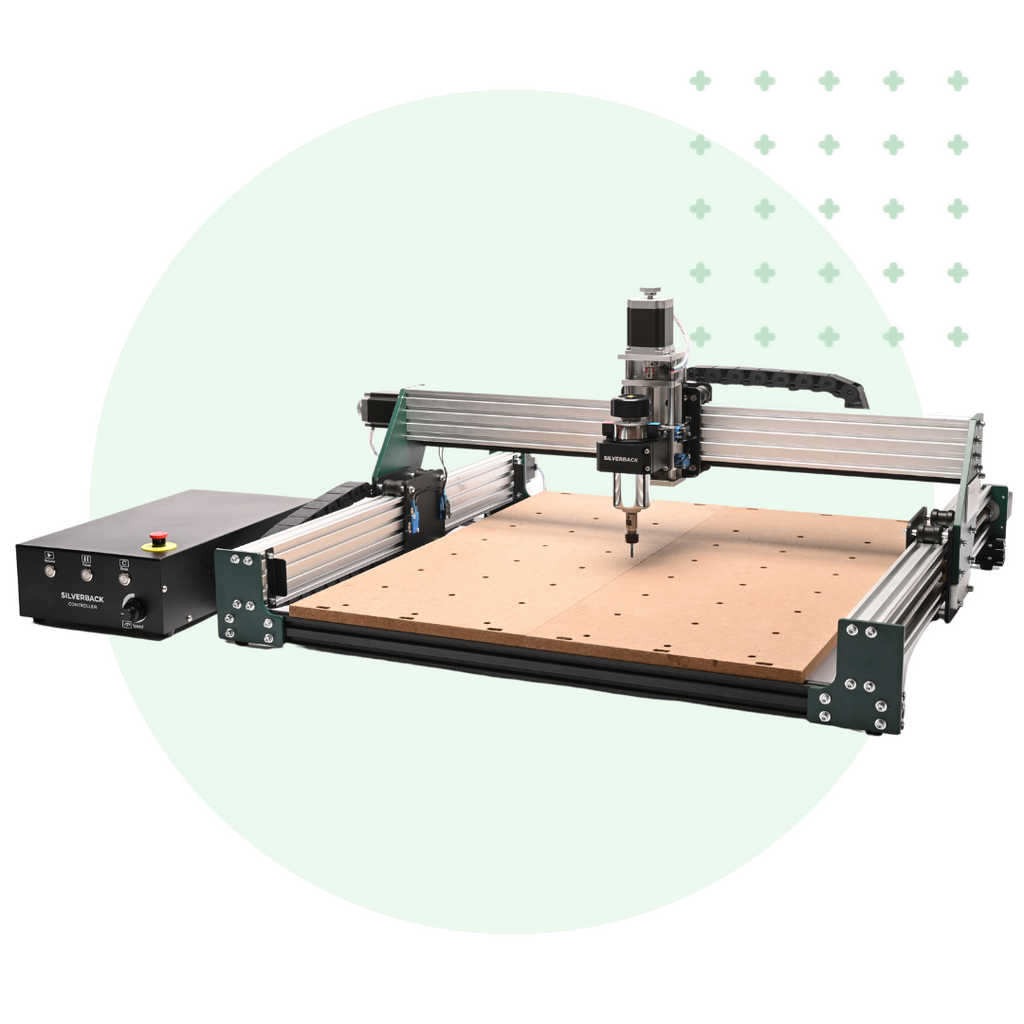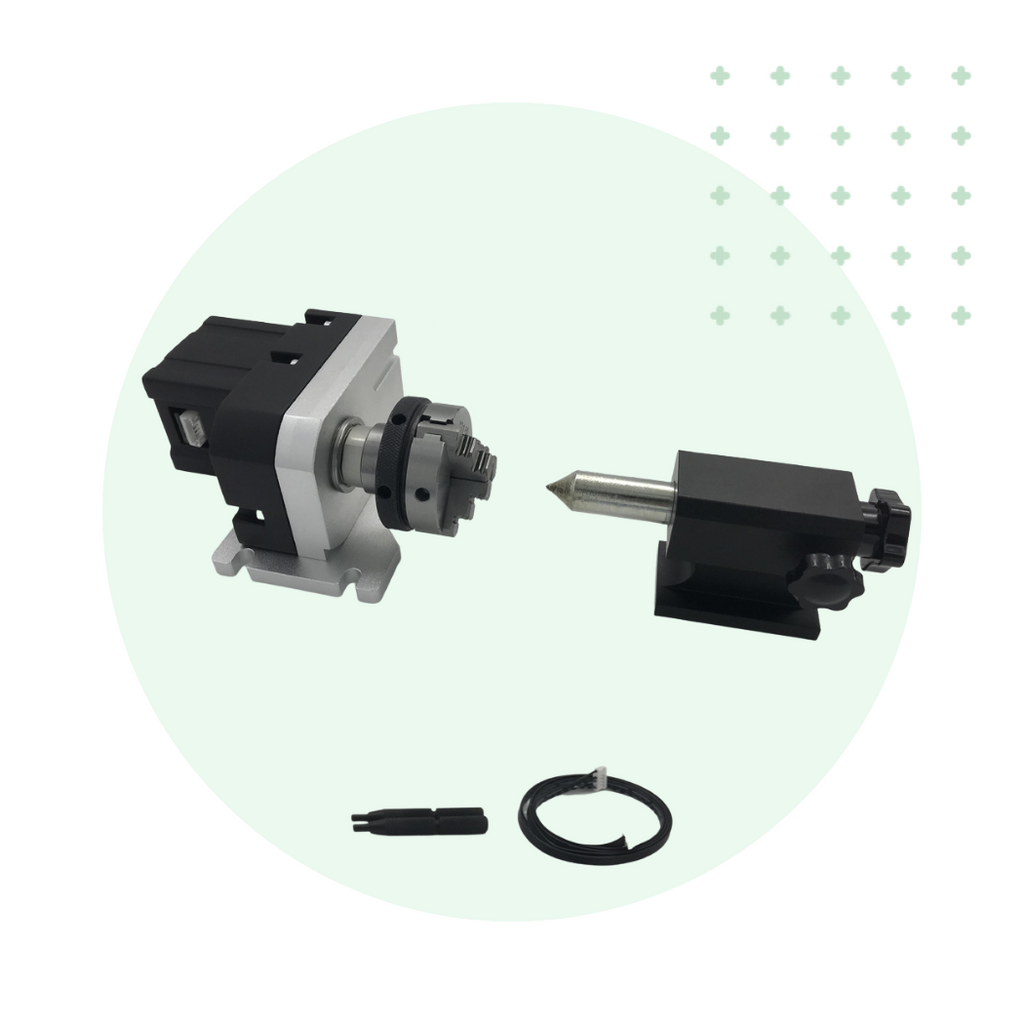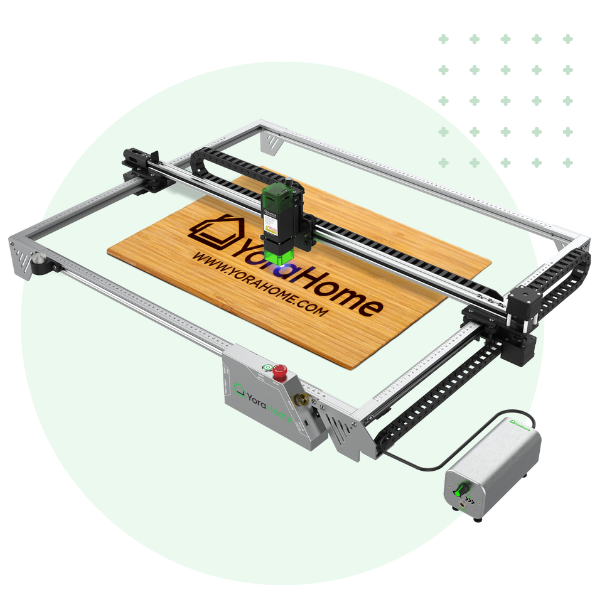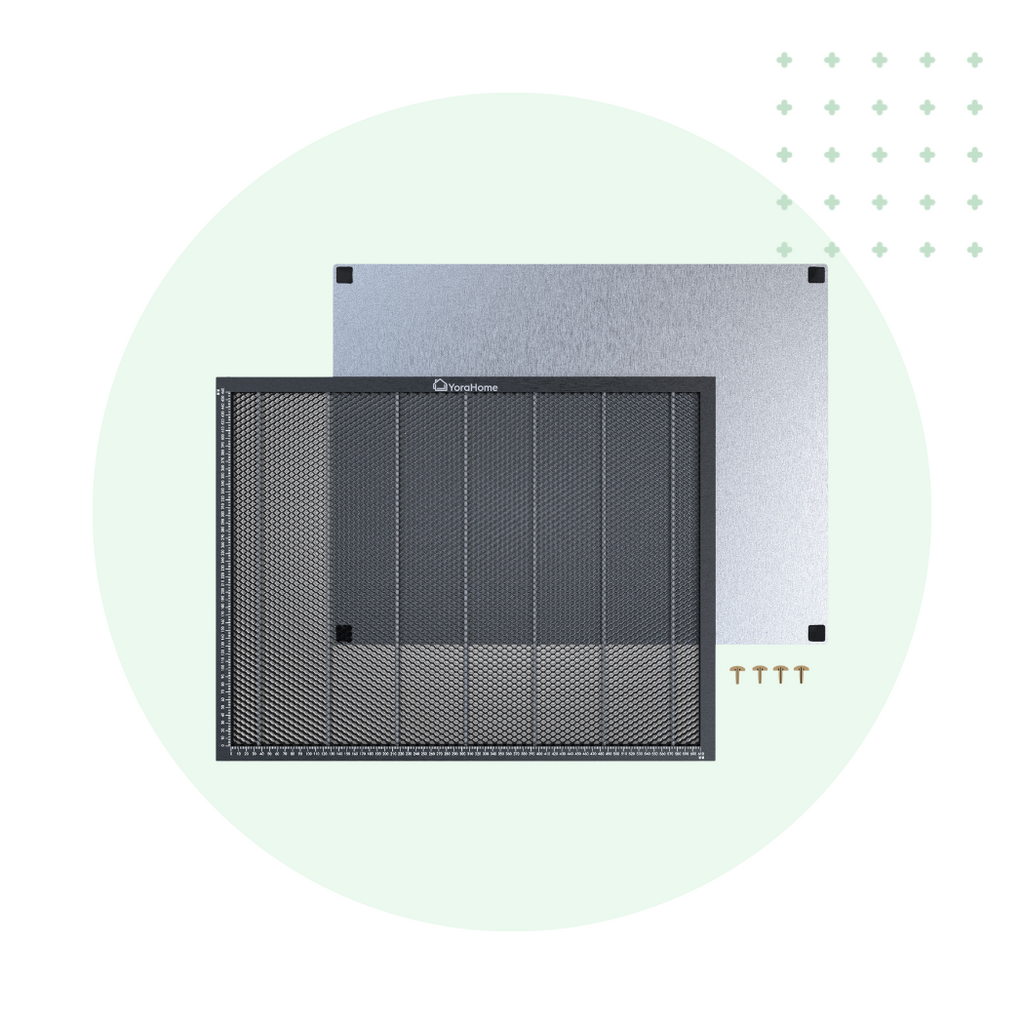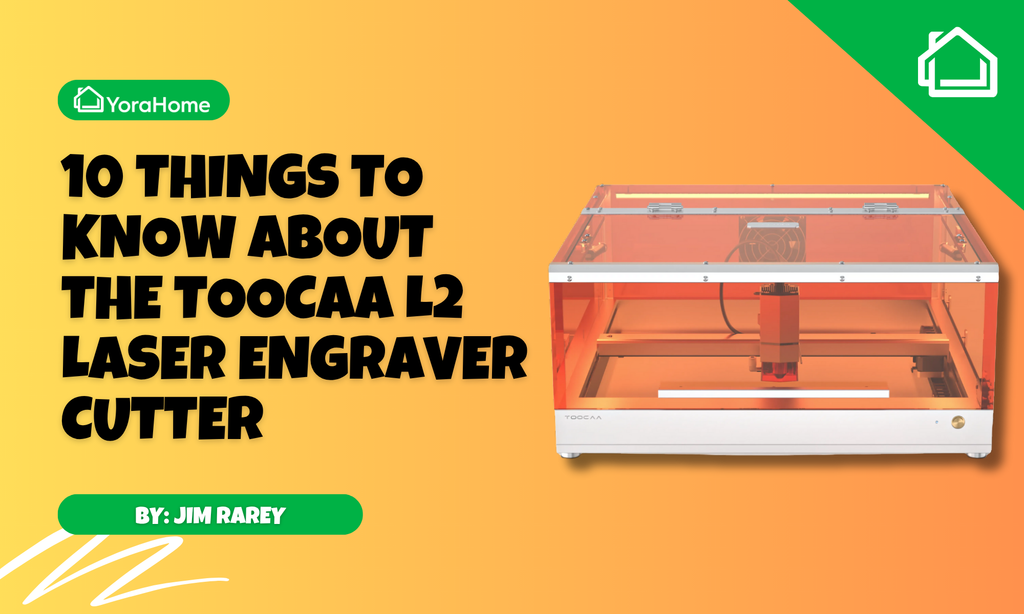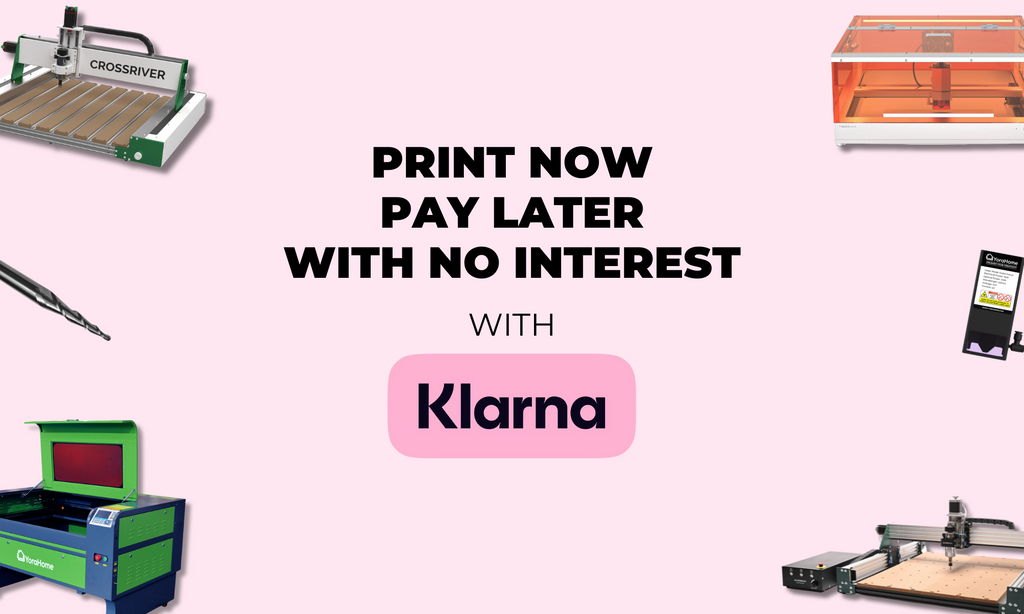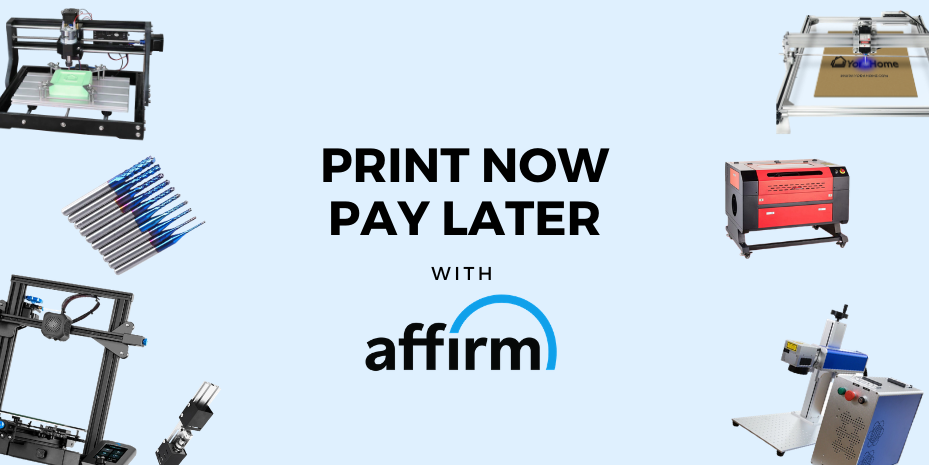How To Make Money With The YoraHome CNC Machines
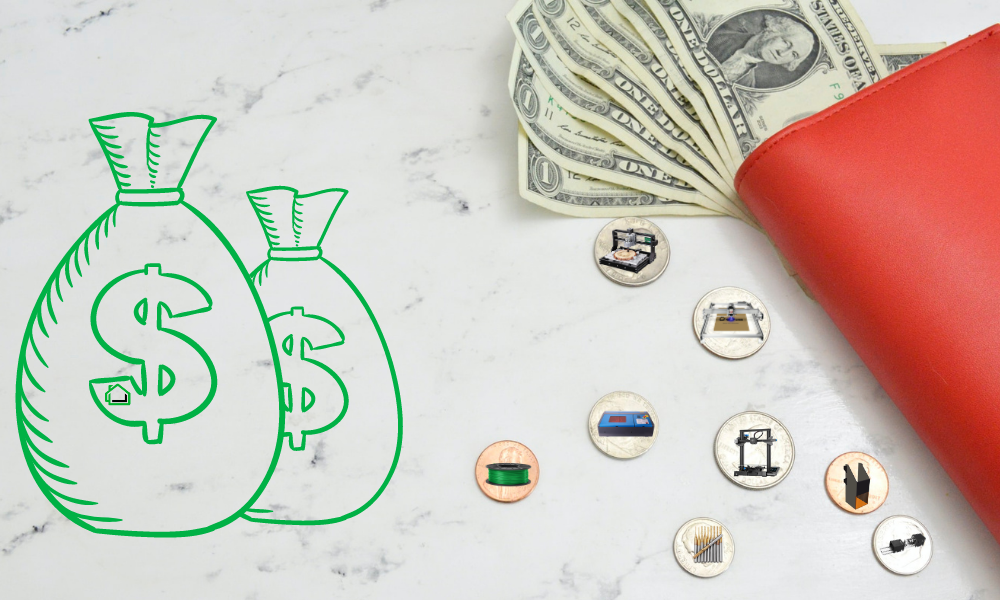
So, you look around your craft room, workshop, basement, garage, dining room or where-ever you have taken over as your base for your machine ( if there’s one so far, believe me there is likely to be more), and think WHAT AM I GOING TO DO WITH THIS?
Let me tell you a story...
Less than 18 months ago I got my first machine: the Yora CNC Carving Machine 3018-Pro.

Little did I realize that I’d fall in love with this machine and what it can do, I’ve added various extras along the way including the Yora Essential Bits Kit, which means I can carve just about anything.

This was a commissioned piece on acrylic:

Another commission on a log slice:

Then the Yora CNC V-Groove Bits (With ER11 Spring Collets) which make anything you do look spectacular:

Painted MDF and a V-bit, winning combination!

But not content with what I could do with this, I expanded to the 5.5W Yora Laser Module which just slotted perfectly in to the Yora CNC Carving & Laser Engraving Machine 3018-Pro.

This opened up even more possibilities: mirrors, wooden coasters, you name it.


The only drawback with the Yora-3018 Pro has been size of the bed.
Now with the Yora 3018 Expansion Kit, the bed size is doubled to 3036. However this wasn’t an option at the time. So, wanting even more space and options, I went for the Yora CNC Laser Engraving Machine 6550 with a 15W Yora Laser Module.

This added space now allows for items such as garden shed signs, outdoor bar signs and so on:

I wish I could say that was all of my toys, but obviously I’m a spoilt brat and it is not (and I’m not wishing I could say it was 😊).
Nevertheless, up to now, it just seems like I’ve been bragging about all my machines and what I can do, so moving on….
In an ideal world, I’d now explain the million-dollar making plan and we’d all be retiring to Bermuda in a couple of years. However, as much as I’d like to say that’s what I’m about to do. I’m afraid I’m not.
But, I will explain how to make some money with the YoraHome CNC machines.
First things first, practice, practice, practice, find what you’re good at and what you enjoy doing.
The last thing you want is to be commissioned to do something for a customer on a material you’ve not used before or a technique you’ve not tried before – the trial runs you will need to do to get it right, will probably cost you more than you will earn!
Personally, I love using slate and old wood (old pallets can be used to great effect, along with old floorboards – Kav’s Tav is a bit of floorboard).

Find a reliable source for your materials. You want good quality at a good price. Buying cheap to make more profit can lead to quality issues, returns, poor reputation and lack of confidence in your own products and abilities.
Buying in bulk is a good idea, when you know you have a market for the products you’re making, otherwise you can end up with 50 plus cheeseboards in the bottom of your cupboard just waiting for another great design idea that will make them irresistible.
People often buy items like cutting boards from places like the Dollar Store or Home Bargains in the UK. A lot of the time they are decent quality, but they may only be available in limited numbers. So if you find a little gem, buy as many as you believe you can sell.
Speaking of selling, finding your market can be the hardest thing when starting out.
There are only so many friends and relatives you can rely on to buy your stuff and you’re likely to be doing them at “mates rates”, so this won’t be making you a fortune either.
You can get yourself a “shopfront” on sites such as Etsy or eBay but beware there are charges involved with these types of sites which you need to account for in your pricing.
Back to the "do what you’re good at". If you want a website, if this isn’t an area you excel in, do yourself a favour and get a freelancer to build one for you.
Websites such as Fiverr.com have lots available that will save you time and money and a lot of frustration, and make you something you will be happy to send people to, to look at your products.
Speaking of looking at products, taking decent photographs is vital. Good lighting and photos from every angle need to show off the best aspects. You can take all the photos you need and of high enough quality with your phone. You really don’t need to buy a fancy camera for web photos.
If you’re still unsure of your photographic abilities, check out some free Mobile Photography Courses online.
If you have a Facebook account, you can promote your products on Facebook Marketplace as well. You can even open a business page on there too.
If you are a social media demon, then use your social media accounts to the full. And once you start with social media campaigns, keep it up, build a following and people will be waiting to see your new items.
Now we get to the dull lecture bit I’m afraid, DO NOT use copyrighted images!
Either pay for the privilege of using them through sites such as Etsy or if you’re really artistic or just lucky like me, Shaun, yes him again, not an article goes by without him getting a mention, is really artistic and draws stuff for me sometimes, check out the mouse in the corner of the board!

Continuing the dull bit for a bit longer, if you are selling your items at places such as craft fairs, you need to take out some insurance. Public liability is usually required by craft fairs, and you might choose to take out product liability insurance as well.
Now, we’ve started talking about expenses in your business, depending on where you are in the world the regulations may differ. But, at some point you will need to register your business and register for tax purposes.
Do plenty of Google searches and start off on the right foot. Check out accounting software and stay on top of your ins and outs.
Firstly, you will see whether or not you are making a profit. Secondly, you don’t want to leave it for 12 months and then have to try sort through all of your bank statements, invoices and receipts and hope you haven’t lost or forgotten anything.
Making a profit is important to every business. Many years ago, when I opened another business, a wise old scrap merchant told me “Turnover is vanity, Profit is sanity”.
You can sell loads but if you don’t make anything from it, you are likely to lose interest very quickly.
So, how do you price your items?

Various formulas can be used to take into account all your expenses – but do not forget any of the following costs:
- Machine (you will want to replace it at some point) – you need to work out a cost per hour of running
- Your time – are you going to charge for the full amount of time the machine runs, plus design time and so on?
- Software costs – Are you paying for Easel Pro, did you buy Lightburn etc?
- Accessories – router bits for carving, callipers, collets, rotator modules for perfectly cylindrical items or tapered ones, lift platforms, drag chains, protective glasses, etc.
- Utilities to run the machine (it may up your domestic bills if you’re working at home)
- Supplies of wood, slate, acrylic or whatever you choose to use
- Any insurance costs
- Advertising
- Postage & Packaging Supplies – do not get caught out with postage costs, make sure you know the price. Do not guess – I charged someone £12 to send a parcel that then cost me £46, never again!
- Tax liabilities
- And so on, and so on...
- Plus Profit
That all seems extremely complicated, so a simple version is:
- Cost of Materials Time
- Taken (Charged per hour)
- Additional Costs
- Profit Margin
- Total
Do not undercharge for your time, effort, and hours of practice and all the practice materials you used that have got you to the point where you can start to make some money.
When you find the right product at the right time you can make a decent amount of money. I designed a set of Christmas decorations that I thought were quite cute – I sold over 150 sets of them, that was a nice surprise. Believe in yourself, your abilities and go for it.
YoraHome can provide you with the perfect machine, whether it be a CNC router for engraving or a laser engraving machine, and I haven’t even got round to the options you have with 3D printers.
You only need to practice, perfect your technique and then you can join the huge number of people running lucrative businesses from home.
Get The Freshest Content
Straight To Your Inbox
Join over 3,000 creators who receive premium content, exclusive discounts, and all the must-know info on a weekly basis.
